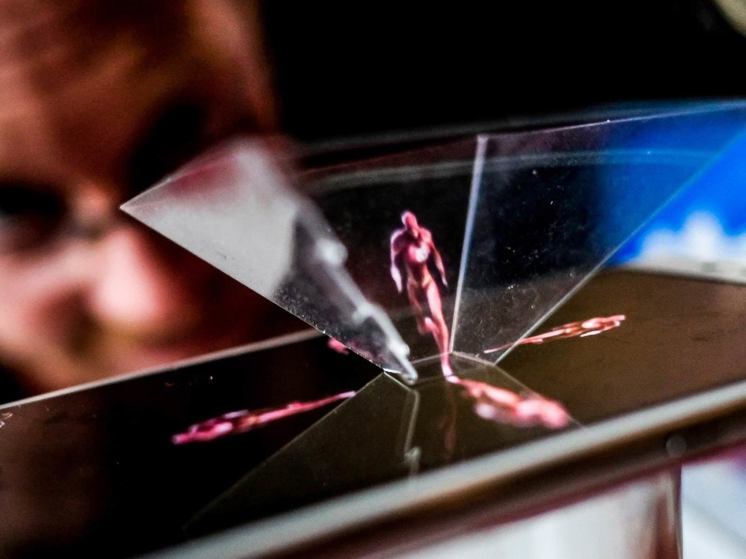Russian opticians have created a high-speed image recognition system
[ad_1]

It is able to identify thousands of objects by individual features.
An optical system for fast pattern recognition was developed by scientists from the National Research Nuclear University MEPhI. For this, scientists used a light modulator and methods of computer calculation of holograms.
Modern recognition systems, including neural networks installed at railway stations and airports, operate almost in real time, processing several dozen frames within a second, tracking or recognizing units or dozens of objects.
As MK was told in the laboratory of photonics and optical information processing of the institute, a system was created here that is capable of processing tens of thousands (!) Frames per second.
To do this, our scientists used the so-called micromirror light modulators in the optical system.
– Such a modulator consists of millions of tiny elements – micromirrors – that are capable of reflecting incident light in two directions, – one of the authors of the development, Associate Professor Pavel Cheryomkhin, told MK. This allows for very short time intervals – at the level of tens of microseconds – to transform the light coming from a tracked or recognized object. For quick comparison with images of objects, specially calculated holograms, holographic filters, displayed with the help of a modulator, are used. Due to the high speed of operation, our system allows you to recognize both stationary and moving objects.
Despite the fact that the technologies for creating micromirror space-time light modulators were developed in the USA, our scientists have found opportunities to expand the possibilities of their application. They were the first to create an experimental sample of a pattern recognition system based on such modulators using holograms. At the same time, the scientists used the integral Hartley transform for calculation, which saves time and speeds up the calculation of holograms. In addition, the files of such filters are smaller, which is important for their storage and for the speed of their entry into the system. In addition, the advantage of the system is the possibility of using non-laser radiation, which makes it possible to increase the number of recognizable features and reduce the noise level.
Such systems can be used not only in the field of security, but also in medicine, as well as in engineering and industry – for searching, identifying and tracking objects with complex shapes, when creating optical tweezers, for holographic memory systems, video information stream encoding systems, etc. .
[ad_2]
Source link








